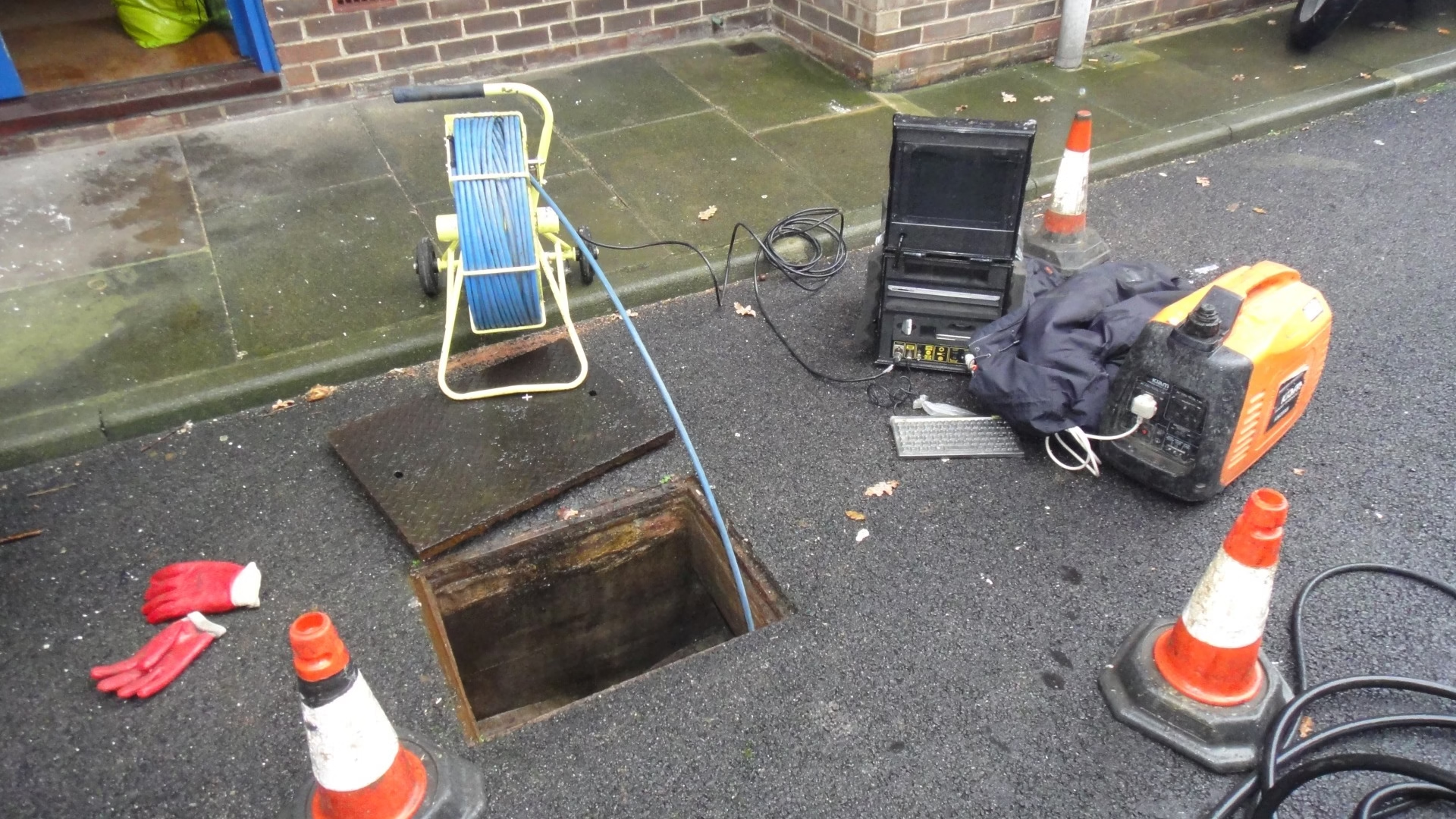Drainage problems may seem harmless, but they can turn into a frustrating issue if not handled on time. Whether it’s slow-draining sinks, gurgling noises, bad smells, or patches of damp soil outside, figuring out the root cause of the problem can be tricky. Fortunately, there are various modern methods that can help you locate issues without digging or breaking the ground.
Let’s explore some practical ways that help identify what’s wrong with your drainage system.
Look for Visible Signs Around Your Property
Start with simple observation. Walk around your home and pay attention to any changes in the ground or surfaces. Puddles that don’t go away, uneven grass growth, damp walls, or sinking patches often point to leaks or blockages underground. You can also check sinks, toilets, and showers for slow draining or gurgling sounds. These signs give you early warnings before the problem worsens.
Once you have noticed a few symptoms, share them with a local professional offering a CCTV drain survey in Fleet. The team can use your notes to focus on the exact areas of concern.
Pay Attention to Unusual Smells
A bad smell near sinks, toilets, and outdoor drains is usually caused by trapped waste, a dry trap, or even a hidden crack in the pipe. It is often one of the first signs that your drainage system needs attention. You can pour water down unused drains to refill the traps, as sometimes the smell is simply caused by an empty seal. If the odour stays, it’s a sign that you need a detailed inspection. It will help you catch and fix the issue before it causes long-term damage.
Check the Gutters and Downpipes
Sometimes, the problem isn’t underground at all. Blocked or damaged gutters and downpipes can overflow and send extra water into the drainage system, which leads to pressure build-up or flooding around the foundation. Clean your gutters regularly and check that downpipes carry water smoothly to the drains. Fixing this early can save you from bigger underground drainage issues later.
Use a Simple Dye Test
A dye test is a smart, low-cost way to trace the flow of water through your drains. You can buy non-toxic coloured dye from a hardware shop and pour it into a drain or toilet, and then observe where the coloured water comes out. If it appears in the wrong place, such as another drain or puddle in your garden, it’s a sign of a leakage or blockage.
This test is especially helpful for homes with older drainage systems where pipes might be connected in confusing ways. Keep notes or photos of what you see, as that information helps professionals quickly locate the exact point of damage.
Open the Inspection Chambers
Inspection chambers or manholes give you direct access to your drains. Carefully lift the cover and use a torch to look inside. If the water level is high or there’s visible waste, the blockage is likely between that chamber and the next one. If it’s empty, the blockage is further downstream.
You don’t need to touch or fix anything yourself. Just take a few clear photos to show where the problem might be. It will help narrow down the area, which means less digging and faster repair work.
Listen for Gurgling and Bubbling Noises
The sounds coming from your pipes can tell you a lot. Gurgling or bubbling noises from sinks or toilets usually mean air is trapped somewhere in the line. This happens when a pipe is partially blocked or not venting properly. Listening closely helps you describe the issue better to a drainage expert, which makes their job quicker and more accurate.
Perform a Flow Test
A flow test checks how quickly water moves through your system. Fill your sink or bathtub and then release the water while timing how long it takes to drain. If it drains slowly or bubbles appear, there’s likely a partial blockage. Repeat the test in other fixtures to see whether the problem is widespread or limited to one area. Finding several slow drains means the blockage is deeper underground, possibly due to roots or broken pipes.
Arrange a CCTV Drain Survey
A CCTV drain survey in Eastleigh is the best option to ensure a detailed inspection of your drainage system. In this method, a small waterproof camera is inserted into the pipe to record everything inside in real-time. It clearly shows whether there’s a blockage, cracked joint, root intrusion, or any other structural damage. It is completely non-invasive and gives you a visual record of the problem. It’s also ideal for older properties where drain layouts are unknown.
Key Takeaway
Diagnosing drainage issues doesn’t mean tearing up the ground or spending a lot of money. By following the above-mentioned tips, you can easily locate most problems without causing any mess. It will not only help you spot and fix plumbing issues quickly, but also protect your property and save both time and money.
